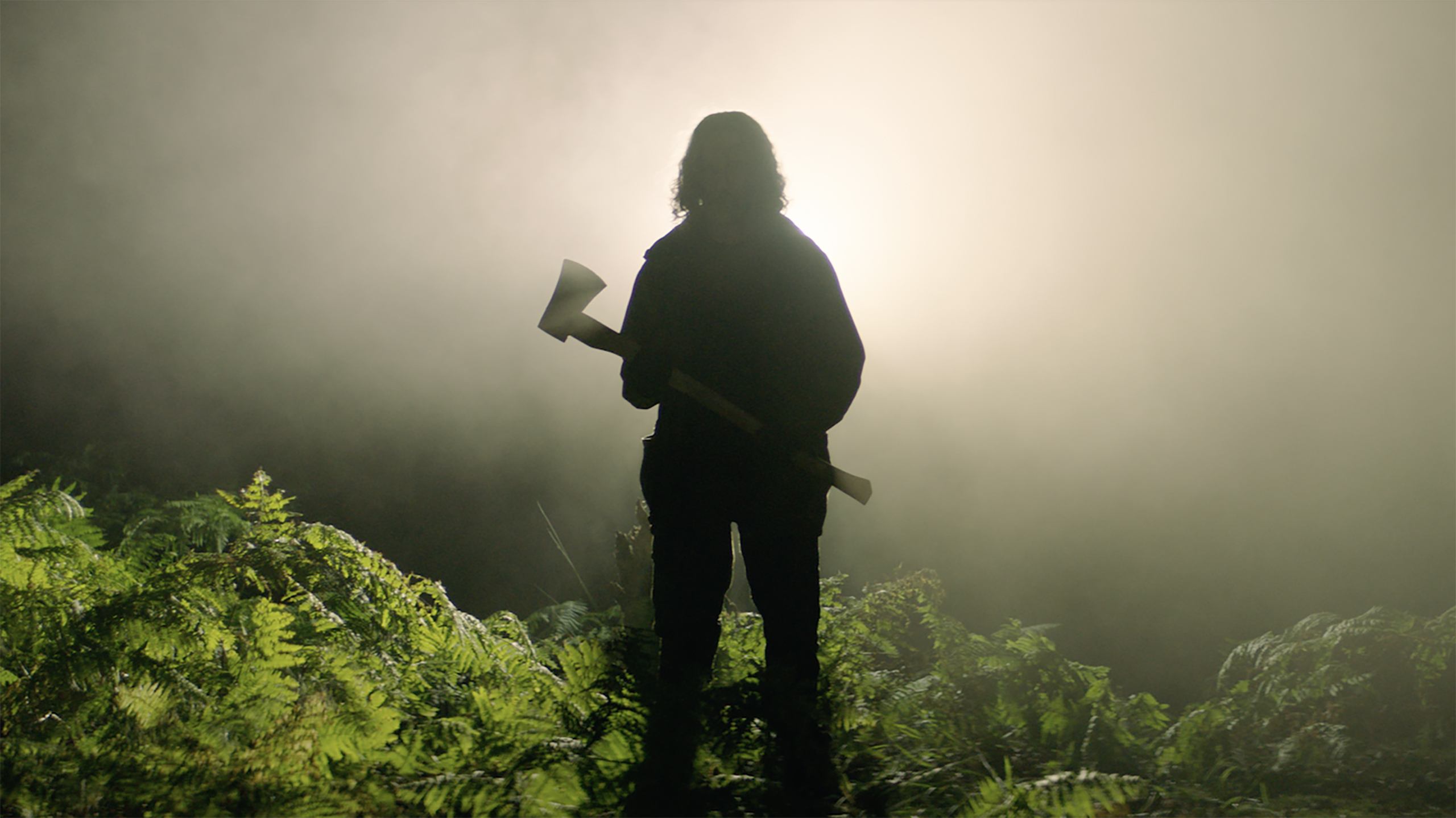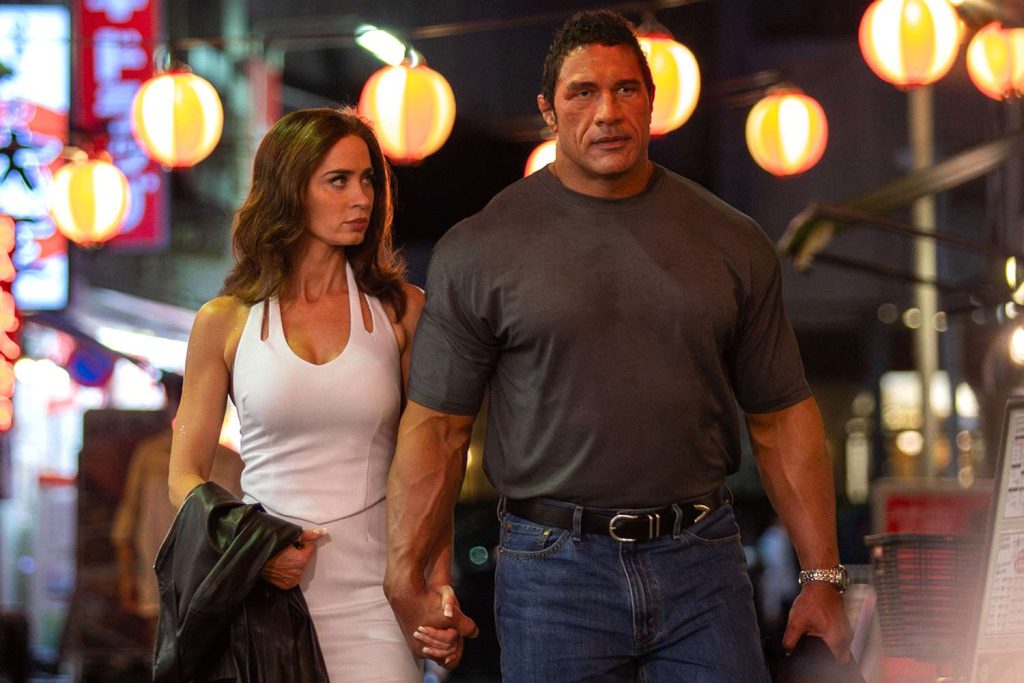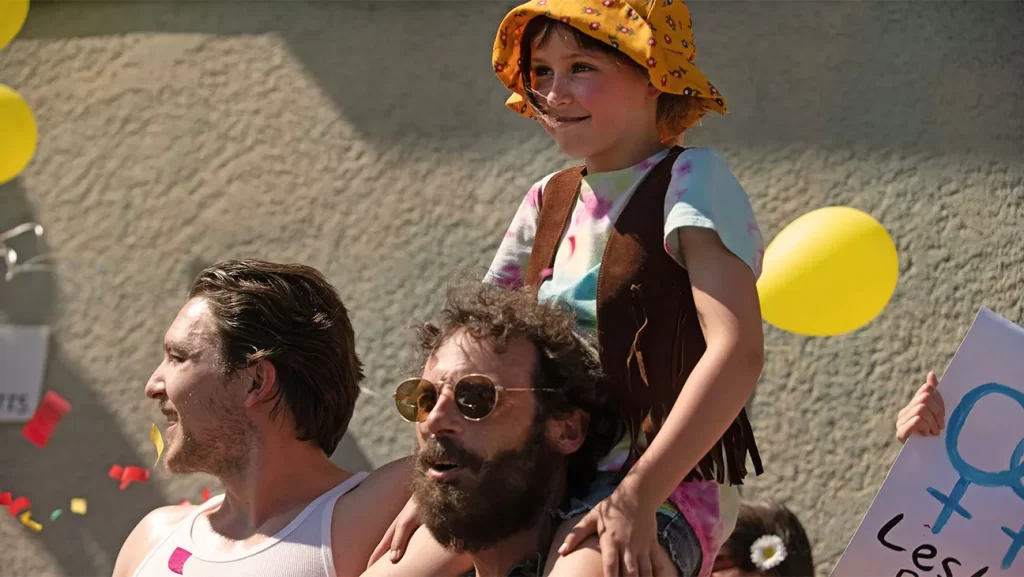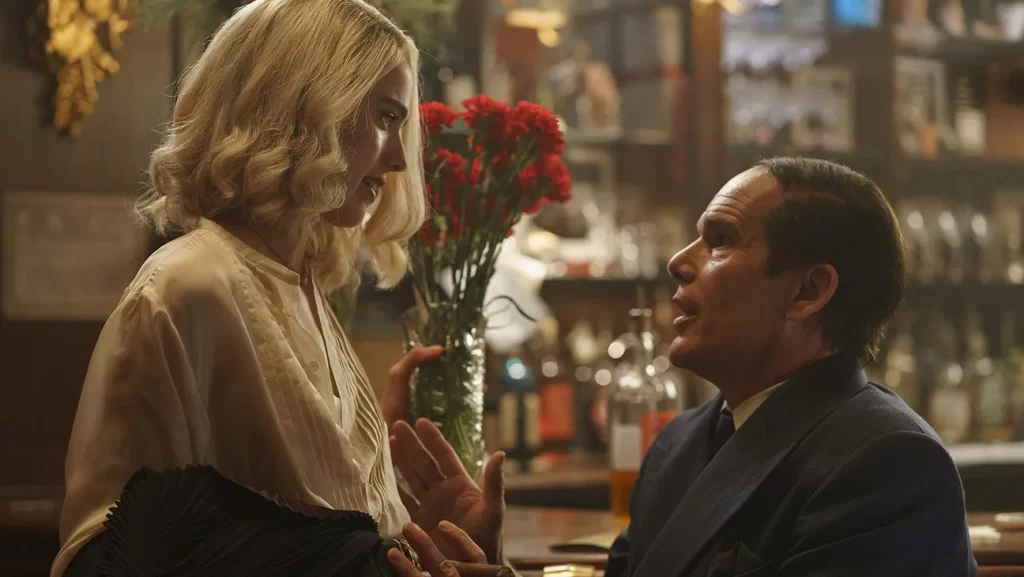Barely a year out from the Coronavirus pandemic, the initial responses by horror filmmakers to the crisis has generally focused on aspects such as isolation, political and social strife, and, most unoriginally, zombies. We’ve been so focused and appalled at the various responses (or lack thereof) to the virus that we haven’t quite reckoned with the virus itself, particularly its status as a deadly offshoot of nature. Writer-director Ben Wheatley’s In The Earth, written and shot in the middle of 2020, introduces folk/eco-horror back into the Corona conversation. While it’s not about the COVID-19 pandemic per se, it’s undeniably a response to it, taking the inherent terror of the virus and mutating it into a story about a force of nature that’s unreasonable, unstoppable, and ultimately unknowable.
While that mysterious, Lovecraftian threat is what hangs over the movie, the film is mostly concerned with a small ensemble of characters and their varying responses to the presence of something lurking in the woods as well as each other. Under the guise of continuing important ecological research, Dr. Martin Lowery (Joel Fry) enlists the assistance of a park ranger, Alma (Ellora Torchia) to trek into the deep woods to find his missing colleague (and former romantic partner) Dr. Olivia Wendle (Hayley Squires).
In classic Gothic horror fashion, Dr. Wendle went mysteriously off-grid, her letters to Lowery ceasing after pursuing a line of research involving an old book of occultism and a corresponding magical stone, becoming convinced that an ancient natural spirit not only exists in the woods but is trying to communicate. Before Lowery and Alma can make it to the doctor, however, they’re captured by a survivalist, Zac (Reece Shearsmith), who has his own theories about what that spirit might be, and what it might want.
Both the film’s psychedelic/hallucinatory supernatural elements and its sublime portrayal of madness is territory Wheatley has been over before, in films like A Field In England (2013) and High-Rise (2015). Yet In The Earth has a freshness thanks to its immediacy—we’re never told exactly what pandemic has taken place in the movie’s world, so in that fashion it’s topical yet somewhat timeless, presenting an oppressive sense of danger before the invisible creature/entity/thing is even discussed. The casual usage of outbreak accouterments gives the movie an extra flavor of unspoken dread, making the eventual body horror that much more suspenseful.
To that point: Wheatley certainly doesn’t shy away from showing gory cuts, wounds and the like, letting the very apparent physical consequences of the story stand in for the unseen metaphysical ones. While some might find it gratuitous, the violence helps blend the survival horror with the folk horror, making the film’s theme of nature that much more tangible. The actual spirit in the woods, named Parneg Fegg, is mostly represented by a series of hallucinatory sequences that get pretty lengthy and daft, but as with A Field In England, Wheatley is interested more in the experiential horror of these scenes rather than any plot. Composer Clint Mansell helps create that experience, complimenting the entire film with a variety of techniques ranging from the dubstep-like soundscapes Dr. Wendle uses to attempt to communicate with Parneg Fegg to Tangerine Dream-esque synth tones, all backed up with a few actual plants as instruments.
Such a cheeky choice of instrumentation speaks to the film’s secret weapon, which is its dark humor. Wheatley’s films typically have a satiric streak if they aren’t flat-out black comedies, and In The Earth not only sends up its human antagonists while keeping them menacing, but manages to find bits of absurdist humor in the disturbing events. Fry is particularly game, his character veering close to being Monty Python-esque at times as his body is hacked at and cut into over and over again.
As with the bulk of Wheatley’s work, it’s this humor that keeps the movie from being too pretentious, and helps make it that much more plausible. After all, we already happen to live in a world where people of considerable influence and unfortunate insanity come up with ideas which would be laughable were it not for said influence, forcing them on others in an incredibly destructive manner. The natural environment has put up with us unruly and narcissistic humans for so long, it only seems fair that it might finally decide to take action. That’s why it’d be best to stick to the marked trails on your next nature walk, and continue to wear your mask, lest you meet Parneg deep in the woods.
A-
“In the Earth” is now available for virtual viewing via the Sundance Film Festival.



